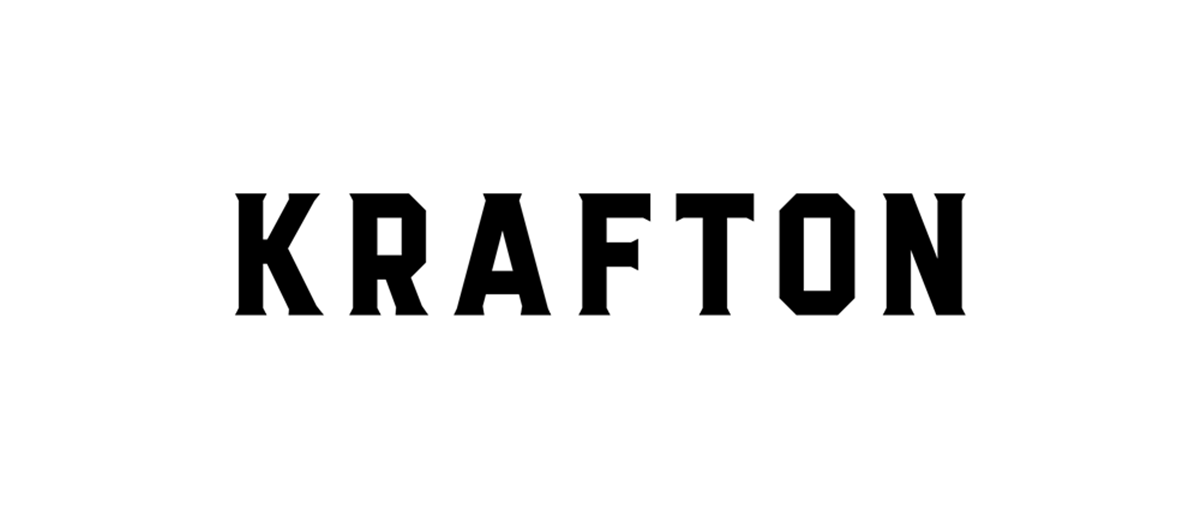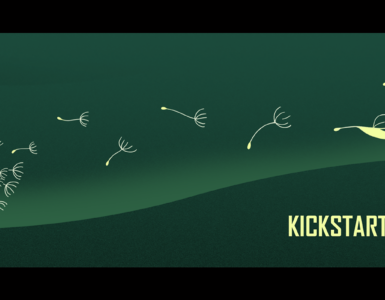An interview with Striking Distance Studios Chief Creative Officer Chris Stone
In making of the new survival horror game The Callisto Protocol, Chris Stone, the chief creative officer (CCO) of Striking Distance Studios, highlighted the dev team’s effort to make everything feel true to life, and a little more than what it might be in real life. To this end, Chris and the developers have spent a lot of time at the motion capture studio, capturing every expression and every move. Keep reading for Chris’ stories on making The Callisto Protocol feel more real as the CCO.
※ KRAFTON Blog will continue to present the interviews with the five leaders of Striking Distance Studios through the launch of The Callisto Protocol on December 2nd.
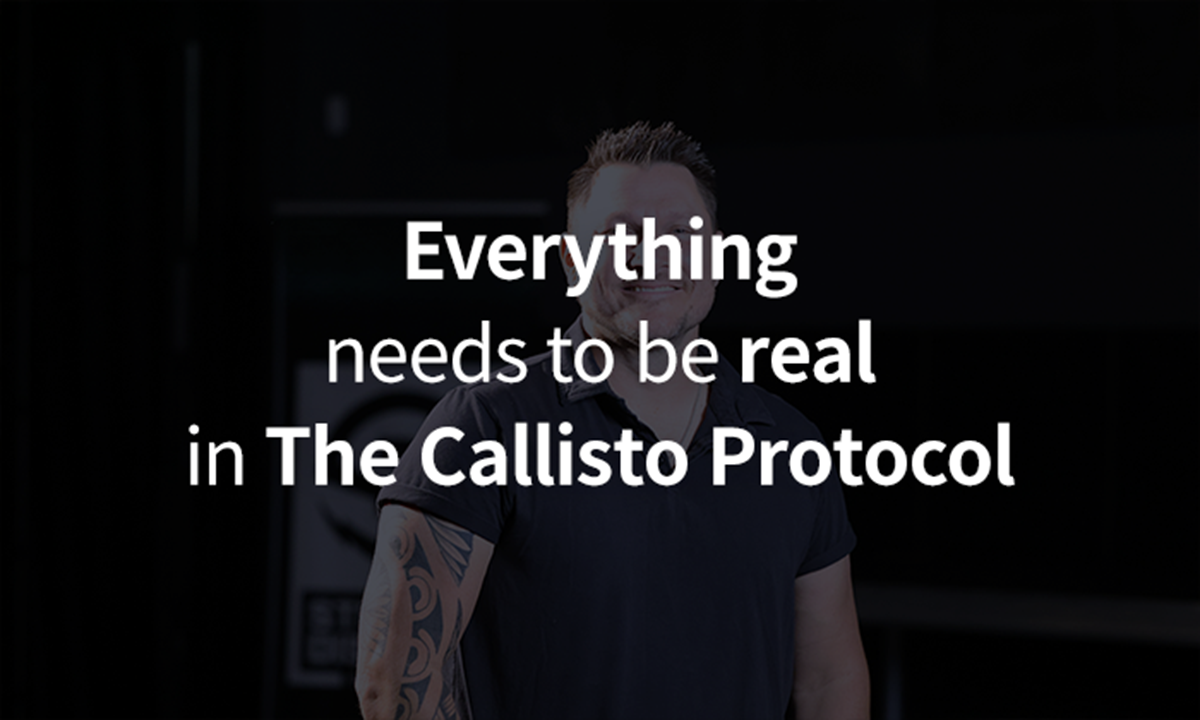
Nice to meet you! Could you introduce yourself to our readers?
Absolutely. My name is Christopher Stone. I’m the chief creative officer (CCO) here at Striking Distance Studios. As the CCO, I guide the creatives in making The Callisto Protocol. So that includes animation, character design, cinematic design, cinematography, environmental design, VFX, you name it. My hands are kind of all over everything (Laughs).
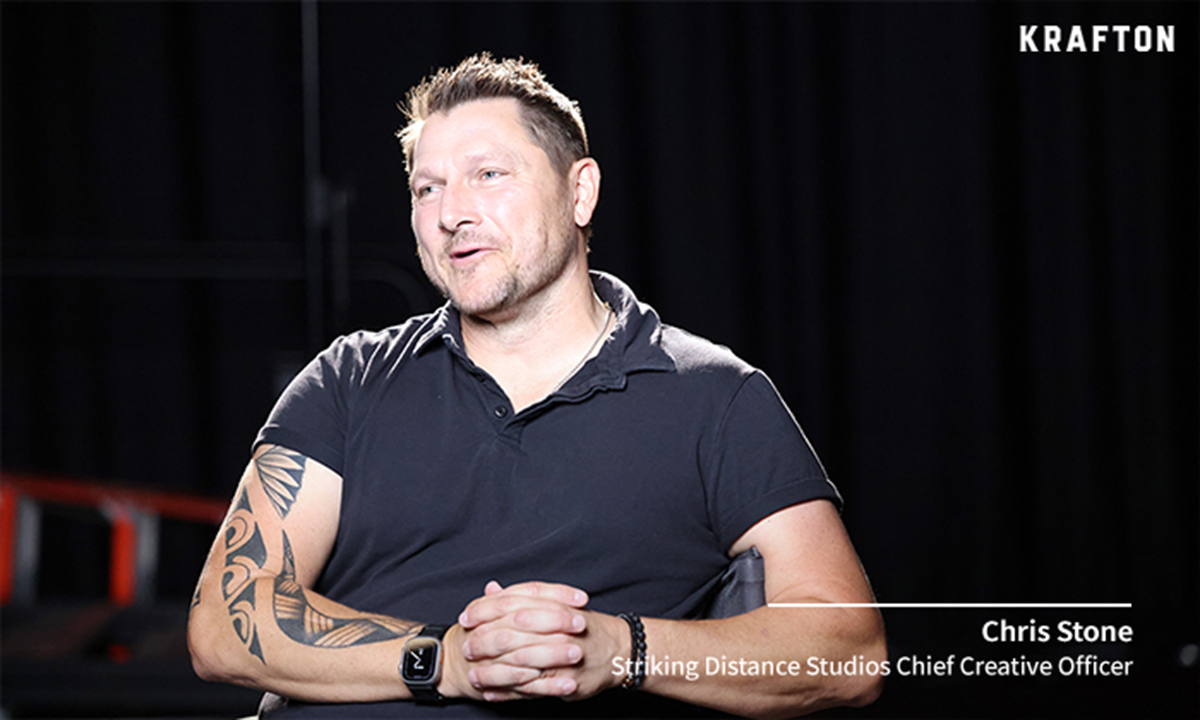
Do you remember the day when Glen Schofield first talked about the initial concept of what now became The Callisto Protocol? What did you think about it back then?
Glen reached out to me before Striking Distance Studios even existed. He had a rough story line and he sent it to me, urging me to read it over and give him my opinion. At that time he was calling it “Meteor Down.” It was a different title obviously, but it still had the roots of what became The Callisto Protocol. It had this dark prison with mysterious things happening as well as this unknown contagion. And there was something really compelling about that. There was an Alcatraz-like prison on this far off moon where people, the worst prisoners of all, could be confined and that something horrible could happen there. From that point on, it has conjured up a lot of great ideas and a lot of real inspiration for this project. So, it was pretty easy for me just from reading that first draft to feel that we could turn this into something really special.
As the CCO, how did you interpret the concept of “Horror Engineering” in making of The Callisto Protocol?
Horror Engineering is a term we came up with fairly early on in development. This is going all the way back from the days we were working on Dead Space. Gosh, it’s almost 14 years ago now. In the process, it became obvious that creating something that’s scary and horrific isn’t just a single element. It’s this combination. It’s this unique recipe. It’s a sort of dance of different components that build a compelling experience for the players in terms of horror.
So, Horror Engineering is about engineering every single one of those elements perfectly to each moment that we want to take the players by surprise or we want the players to feel the goose bumps on their arms. Again, it’s the perfect recipe to create something that’s going to scare the heck out of our players.
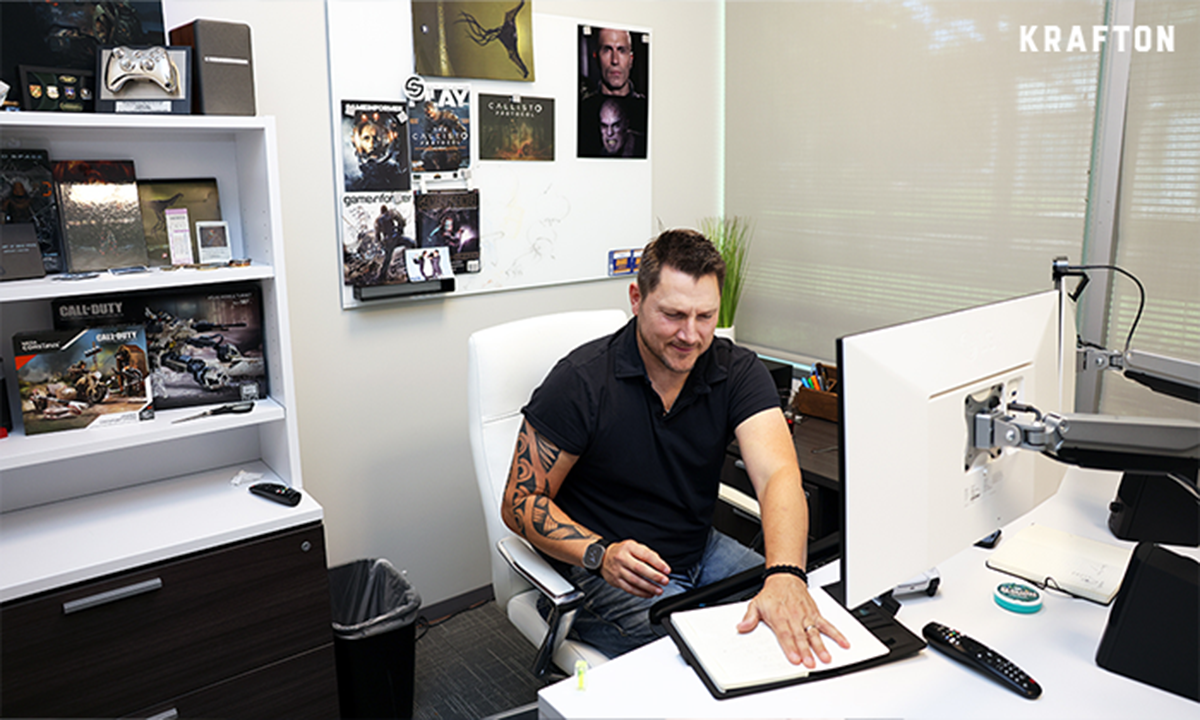
In one of your previous interviews, you came up with the concept of “designed realism” as another basis for The Callisto Protocol. What does it mean? Could you elaborate on this?
Designed realism is another term that we came up with fairly early on. We knew we wanted the game to be real in the sense that the players would feel like she or he was actually experiencing something true to life. And that includes the environment as well as the characters, the way they move, the things that they do, and their motivations. So, designed realism is all about creating something that could be real, designing every element to fit the narrative or to fit the experience perfectly. To this end, we’re using actual scanned content, realistic reference, and something that you and I are familiar with. And then, we’re recombining them into what is designed for this game.
All of our enemies feel real. All of our enemies look like they could have been human at one point before something changed them. They all have a very grounded feel. We want the players to experience it as if they were living in that moment, as if they were a prisoner within the Black Iron Prison. We want them to feel like everything is recognizable and relatable so that when they are scared, it hits home hard. And that’s what designed realism is in making of The Callisto Protocol.
As the chief creative, what was the point that you wanted to realize when you started this project?
It obviously was to make one of the scariest games on next-generation consoles. That was a real guiding factor. We obviously built a lot more than just a scary game though (Laughs).
We have a super compelling storyline. Something I learned a long time ago is when people play a game, they want to be related to the character. They want to be able to relate to what’s happening. And so having that strong narrative, and the great acting that comes along with it, those are necessities in making a game like The Callisto Protocol. Bringing many tools to the players, helping them play the game in a way they want it is really important as well. So we have a lot of guiding elements for this project. Horror obviously being number one, a great storytelling and a great player experience all really are the pinnacle of this project.

How was it like making a triple A horror game for the next-generation consoles?
Building this game for the next-gen consoles has been a blast. I’ll take myself back to the days of working on Dead Space with Glen. Back in the days, we had a lot of ideas that we wanted to realize. The ideas around the creatures and their behaviors, ideas around the way we get the players experience in the levels and the gameplay. But we couldn’t do it at that time. Now with the ability to get the resolution, the lighting, the visual effects at a super realistic level, a whole new element has been brought to the gameplay experience.
On top of that, we now have the motion systems designed for all our characters. And the artificial intelligence (AI) in terms of our monsters making choices about how they’re going to attack you, whether they’re going to run away from you or even flank you. Whatever they’re going to do having this AI strong enough to be able to do those things. All these are what we couldn’t have done on older-generation devices.
I’d also like to highlight our character assets in general. We did physical scans of every character within our game. Even our enemies, even the creatures are based on actual physical scans of people. So, we brought in Josh Duhamel, who played Jacob Lee, and scanned every expression, every pore, every angle the way a light bounces off of every part of his body and his face. And we roll those all into his character in the game so that when he’s moving around it’s really how he moves. When he frowns, that’s actually his expression. When the light bounces off his skin, it’s based on exactly what light looks like as it bounces off his skin and how it’s absorbed into his skin.
There are so many different things that we’ve been able to do now that we couldn’t have done before. It’s a whole new experience. Adding to that, things like the built-in speaker on the controller helped us build tension in the game. You can just hear the noise around you even when you’re walking around or communicating with other characters. The vibration control also helped make the player experience more immersive. There’s nothing that we would have been able to do like that in the past. So, having the next-gen console power to be able to do that now is really special.

What led to the decision to make the game narrative-driven, featuring the main characters performed by well-known actors like Josh Duhamel and Karen Fukuhara?
In the very early days when Glen and I were talking about this game, we had written character bios for Dani and Jacob. And we looked at a lot of different people, when we were trying to decide who we were going to cast for those roles. I have had the pleasure of working with Josh on projects in the past. So from the moment I read the bio for Jacob I knew it was Josh. He has his way of being very relatable. When you look at him, you can put yourself in his shoes. You can feel what he’s feeling.
He doesn’t feel like a superhero. But, he’s an amazing actor and he makes the actors around him better as well, which is something that I’ve always really appreciated with him. He’s also a really creative guy. So, we could be on the stage together and I could walk him through what I’m thinking for a shot. And because Josh and I have a great relationship, he might tell me, “Hey Stone, what if Jacob do this? I feel like my character and I feel like this is what I would do, not that.” Ultimately, he became a big part of helping create who Jacob Lee really is.
I hadn’t worked with Karen before, but I’m a big fan of The Boys. We knew we needed a character who was a very likeable but at the same time someone with the dark side, someone who felt like you might be a little scared of. And when we had her read for Dani’s role and talk to us about the character, it became obvious that she was going to play that role perfectly.
The relationship between the actors on the stage is always a little bit of a dice roll until you have everybody there. But the beauty of it is that getting both Josh and Karen on the stage together, the two of them hit it off right away. The way they worked together was just amazing. Both of them were so easy to direct and so creative on their own. It really made the experience of shooting with them very fun. Even if it meant we had to do like 15 takes, we always ended up with something so good. Like Glen, Steve and I as well as everyone at Striking Distance Studios knew what we were after, Josh, Karen and I on the stage were all the same. We all knew our common goal is telling this great story of Dani and Jacob, and their experience in the Black Iron Prison.
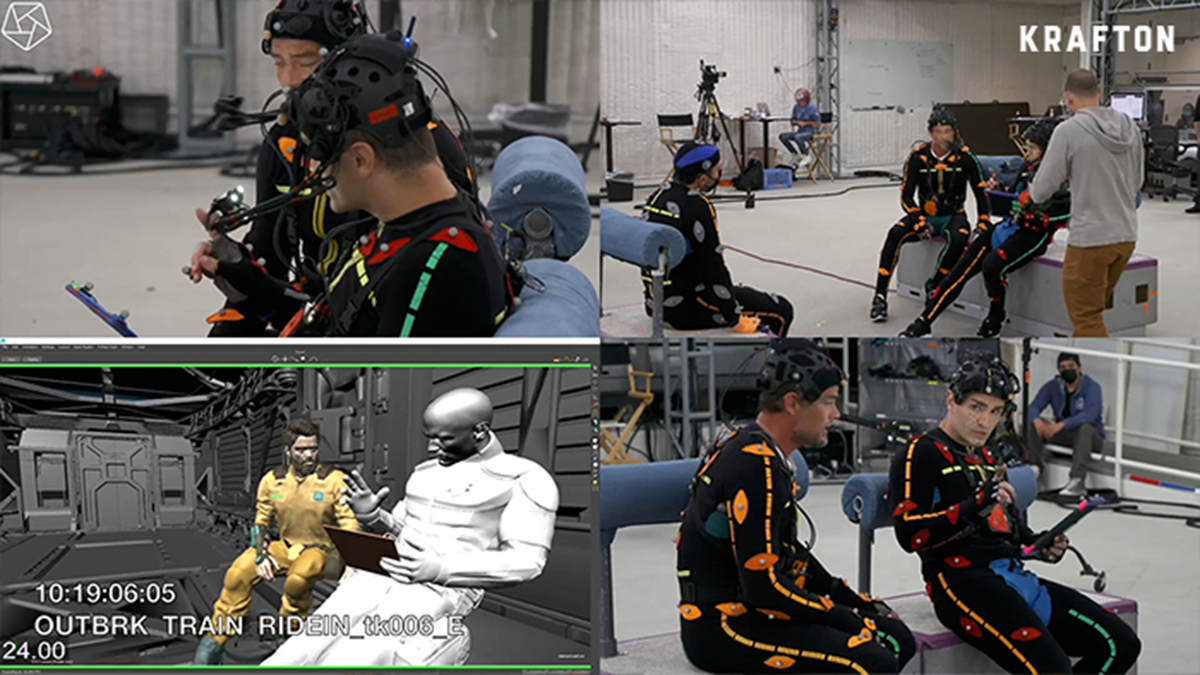
Could you tell us more about this in-house motion capture studio? How has it been established and how has you operated this facility?
I knew we needed this kind of facility from the beginning. The idea was that we’d be able to prototype things and itereate very quickly on the gameplay side, and make something that’s completely realistic based on human motion.
This is actually one of only just a couple of motion capture studios here in northern California. If we didn’t have our own motion capture studio here, we would have to travel all the way to Los Angeles and maybe we’d shoot only once a month, or a couple of times per month at most. But having this stage here we can just step in and shoot every single day. I can wake up in the middle of the night with a horrible nightmare and roll over, write down about my nightmare for something I want to try out on the motion capture studio next morning. That sort of turnaround and iterative quality is really what makes a great game. And without this stage we would not have been able to do it.
And on top of that I talked about making our enemies move in a very human and realistic manner. We’ve developed animation tech here where we’ve shot hundreds of animations for every character to be able to build a highly realistic AI in how our monsters move around. And we blended their animations to be absolutely perfect so that when you see them coming down a hallway there’s nothing off about them. It all looks and feels real. It all is something out of your nightmares.
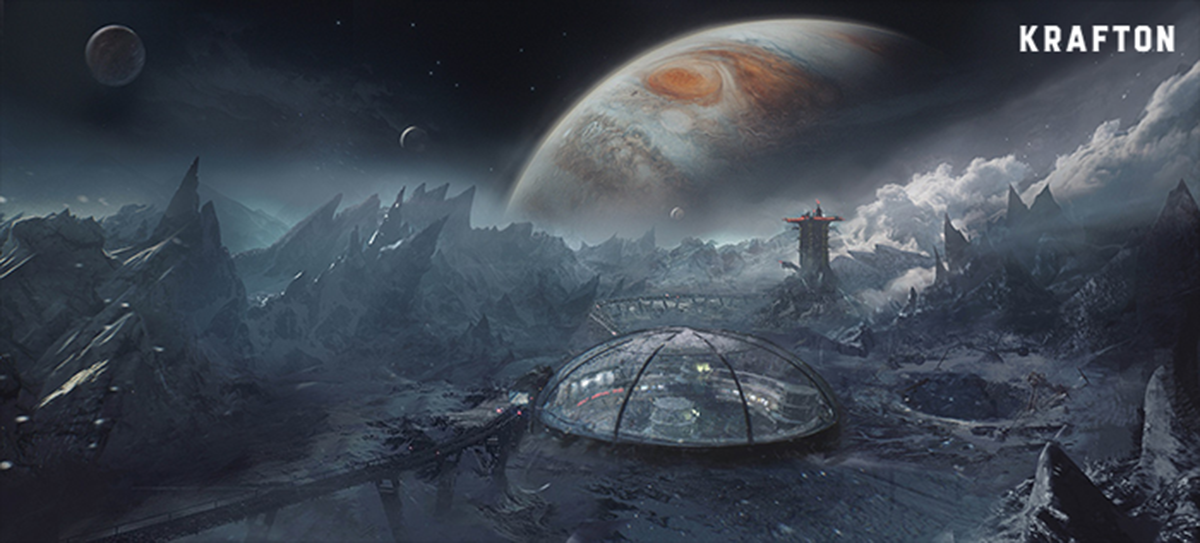
This question is about the world of The Callisto Protocol. Why Jupiter, not other moons of a planets in the solar system?
Well, Callisto is a real moon. We didn’t want to make up a moon or a planet somewhere. And we wanted it to be based in reality, just like we wanted our whole game based in reality. So, we actually spent a long time trying to figure out where this should take place. We wanted it it’s be on a desolate moon because that all came from Glen’s very early draft of the story. So, we spent a long time until we found Callisto. And when we found it and we realized it is actually called the dead moon. That is a nickname for Callisto. So we were like, “Man, that could not be more perfect.”
And then we started looking at the composition of Callisto. It’s an inhabitable ice planet with salt water oceans very deep underneath it. But at the same time, it’s planet where you could imagine a prison being placed. And that’s exactly what Callisto is. It’s a dead cold moon. Even if you get a chance to get out of the prison and come on the surface, it doesn’t matter. You’re not going anywhere. You’re just dying. So, it’s kind of a perfect place for a maximum security penitentiary like the Black Iron Prison.
So it all comes back to the designed realism, right?
Absolutely. Everything needs to feel real. And I think if you looked at what Callisto really looks like, we have the essence of that. Since we have levels where Jacob’s on the surface of the planet, we want it to feel very cold, and so we’ve added some ice storms and things like that. Those things may or may not actually happen on Callisto, but for the game it feels real. It’s the designed realism of taking something real, making it feel real, but then turning it into something that is a little more than what it might be in real life.
What is your biggest source of inspiration that helps you stay creative?
The hard part is to find a new way. It’s because now there are so many game developers and so many people who have grown up experiencing lots of different things. Everything has changed. Games in general have completely changed. Media in general has changed. And horror has changed, too. So trying to stay at the forefront of all of those things is always important. It not only helps you get your finger on the pulse of what people want right now and what people are enjoying, but also helps you think about your older ideas in new ways. I think that’s what we’ve done a lot while making The Callisto Protocol, exploring ideas we’ve had for a long time and figuring out how we can turn them into something more compelling for the next-generation consoles and for the next-generation players. In fact, staying creative is never hard. But figuring out a way to do something, when it’s not been done before, that’s the hard part.
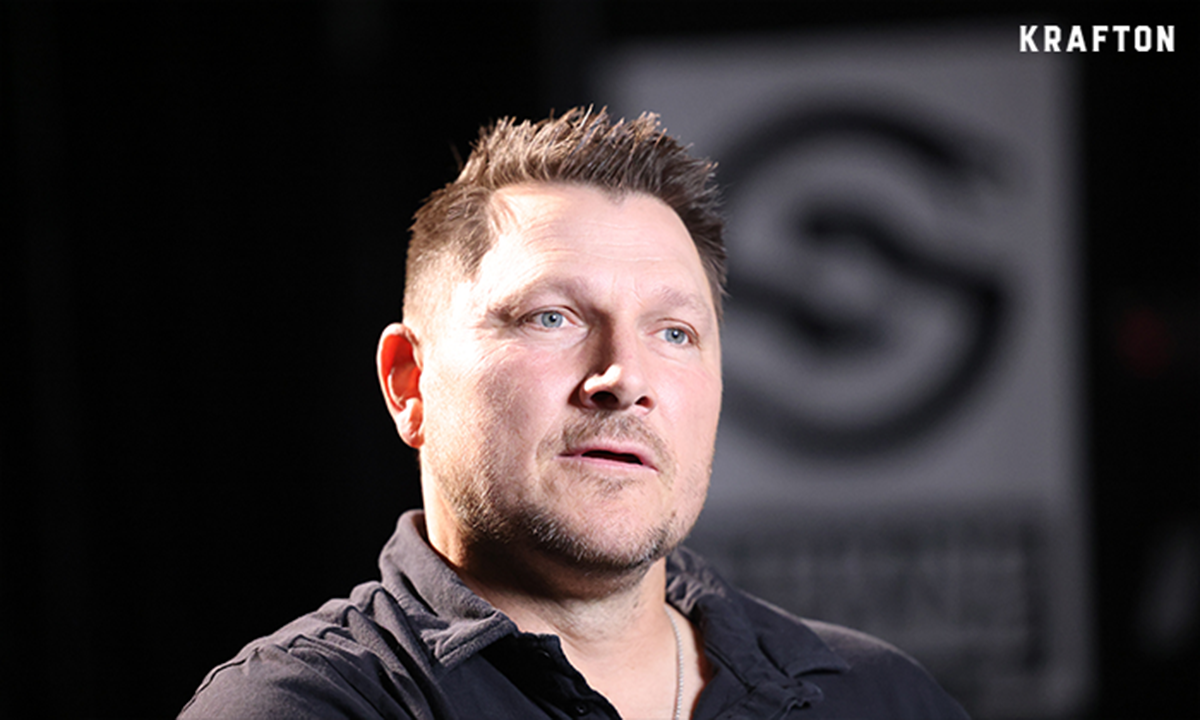
Among all those features and stories of this game, what’s your favorite parts?
Choosing my favorite part of The Callisto Protocol is not easy, because it’s almost like you’re trying to choose your favorite child. But probably the thing I’m the most excited about, it’s the ways that Jacob dies. Those have been something that I’ve been really attached to and have been a big part of creating.
And it brings me back to my days of making Dead Space again many years ago. I can remember sitting in my chair at midnight, watching horror movies, and hand-animating all these crazy deaths. And so now, almost 20 years later, doing that again but with so many more tools in my tool belt and so much more experience to immerse the players.
And be aware that you’re going to die a lot in this game because it’s not easy.
For those who are thinking of trying out a horrying game for the first time with The Callisto Protocol, do you have any tip to maximize their gaming experience?
Tips to maximize your experience on games like The Callisto Protocol depends on how strong spine you have (Laughs). If you really want to be scared, you’re going to wait until it’s night time, like midnight. And then you’re going to turn off all the lights and put your headphones on. You’re going to sit down and get yourself immersed. That’s the best way to experience The Callisto Protocol with the sounds, being able to hear all the sounds around you, being able to be completely immersed without being distracted by anything. Just take it easy and hopefully you’ll be okay.
Is there anything to add for the horror fans waiting for The Callisto Protocol?
Yeah. If you’re a horror fan, no matter where you are, this is the game for you to play. Picture the scariest movie you’ve ever seen and then picture yourself playing that movie now. That’s what we’re trying to give you. So, I think if you’re a horror fan, this is one to pick up.
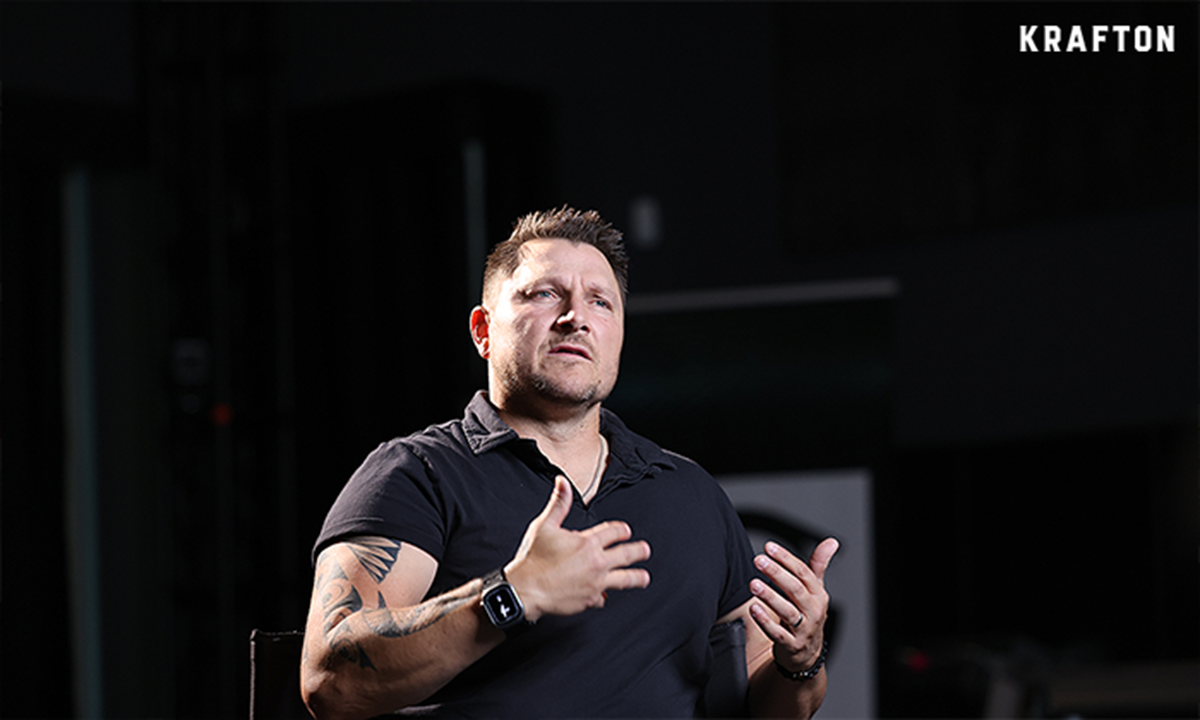
The Callisto Protocol will be launched globally on Dec. 2!
The Callisto Protocol pre-order is live!
Read more about
The Callisto Protocol and Striking Distance Studios
at KRAFTON Blog
